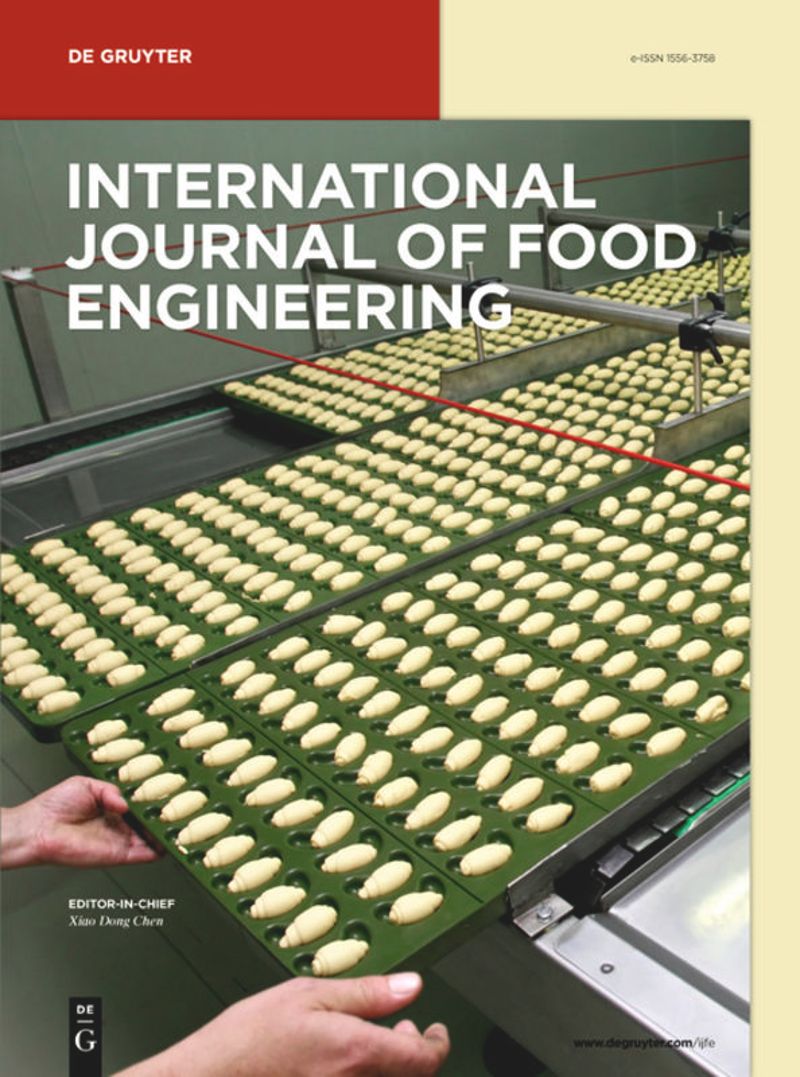Crop leaf disease detection for beans using ensembled-convolutional neural networks
IF 1.4
4区 农林科学
引用次数: 0
Abstract
Abstract Crops’ health is affected by a varied range of diseases. Convenient and precise diagnosis plays a substantial role in preventing the loss of crop quality. In the past decade, deep learning (DL), particularly Convolutional Neural Networks (CNNs), has presented extraordinary performance for diverse applications involving crop disease (CD) detection. In this study, a comparison is drawn for the three pre-trained state-of-art architectures, namely, EfficientNet B0, ResNet50, and VGG19. An ensembled CNN has also been generated from the mentioned CNNs, and its performance has been evaluated over the original coloured, grey-scale, and segmented dataset. K-means clustering has been applied with six clusters to generate the segmented dataset. The dataset is categorized into three classes (two diseased and one healthy class) of bean crop leaves images. The model performance has been assessed by employing statistical analysis relying on the accuracy, recall, F1-score, precision, and confusion matrix. The results have shown that the performance of ensembled CNNs’ has been better than the individual pre-trained DL models. The ensembling of CNNs gave an F1-score of 0.95, 0.93, and 0.97 for coloured, grey-scale, and segmented datasets, respectively. The predicted classification accuracy is measured as: 0.946, 0.938, and 0.971 for coloured, grey-scale, and segmented datasets, respectively. It is observed that the ensembling of CNNs performed better than the individual pre-trained CNNs.基于集成卷积神经网络的豆类作物叶片病害检测
作物的健康受到多种病害的影响。方便、准确的诊断对防止作物品质损失起着重要作用。在过去的十年中,深度学习(DL),特别是卷积神经网络(cnn),在包括作物病害(CD)检测在内的各种应用中表现出了非凡的性能。在本研究中,比较了三种预训练的最先进的体系结构,即效率网B0、ResNet50和VGG19。本文还从上述CNN生成了一个集成CNN,并在原始的彩色、灰度和分割数据集上评估了其性能。K-means聚类被应用于六个聚类来生成分割的数据集。该数据集将豆类作物叶片图像分为三类(两类患病和一类健康)。通过采用统计分析来评估模型的性能,该统计分析依赖于准确率、召回率、f1分数、精度和混淆矩阵。结果表明,集成cnn的性能优于单个预训练的深度学习模型。对于彩色、灰度和分割数据集,cnn的集成分别给出了0.95、0.93和0.97的f1得分。对于彩色、灰度和分割的数据集,预测的分类精度分别为:0.946、0.938和0.971。观察到,cnn的集成性能优于单个预训练的cnn。
本文章由计算机程序翻译,如有差异,请以英文原文为准。
求助全文
约1分钟内获得全文
求助全文
来源期刊
CiteScore
3.20
自引率
0.00%
发文量
52
审稿时长
3.8 months
期刊介绍:
International Journal of Food Engineering is devoted to engineering disciplines related to processing foods. The areas of interest include heat, mass transfer and fluid flow in food processing; food microstructure development and characterization; application of artificial intelligence in food engineering research and in industry; food biotechnology; and mathematical modeling and software development for food processing purposes. Authors and editors come from top engineering programs around the world: the U.S., Canada, the U.K., and Western Europe, but also South America, Asia, Africa, and the Middle East.

 求助内容:
求助内容: 应助结果提醒方式:
应助结果提醒方式:


